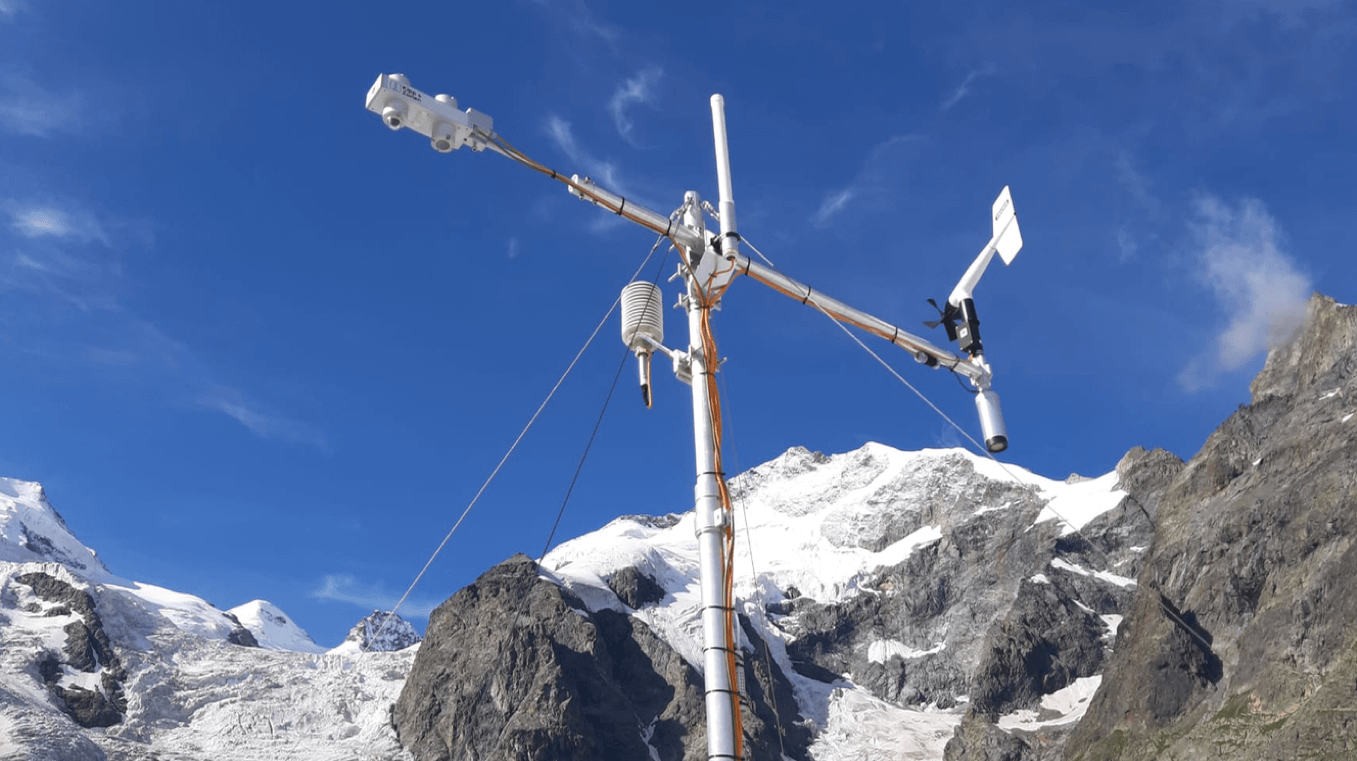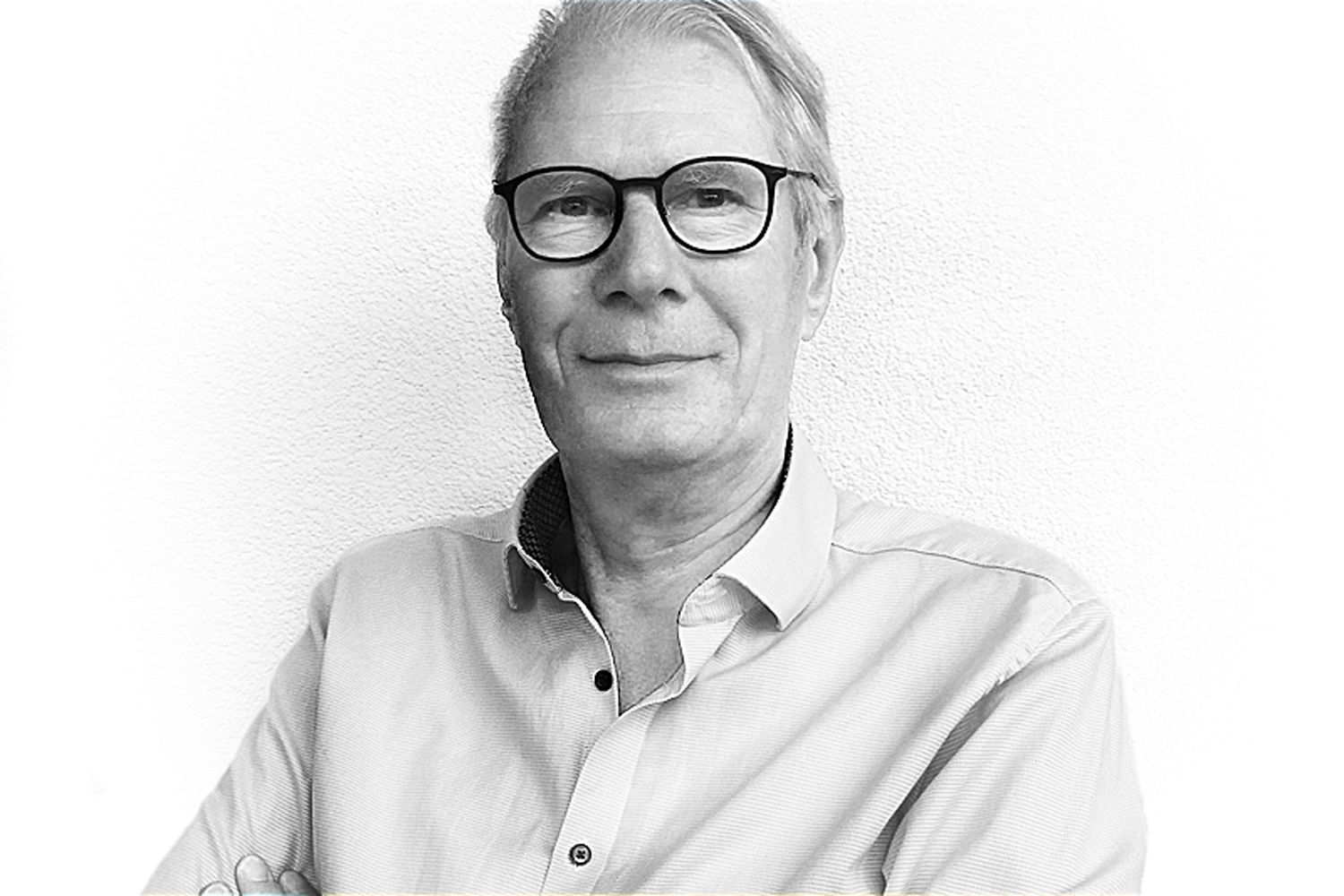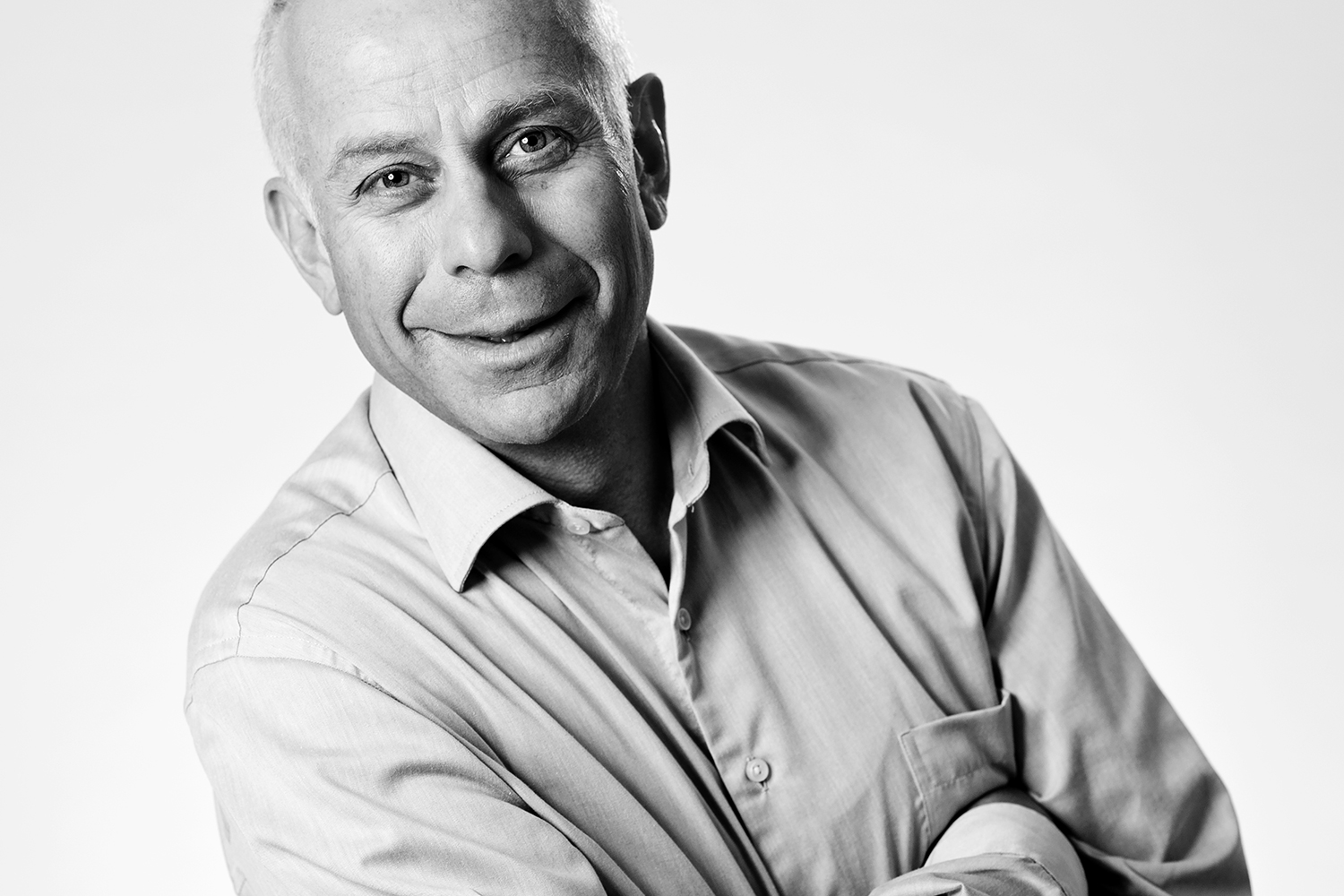Scientific basis
According to model calculations with a climate scenario of 0.022 °C temperature increase per year, a year-round snow-covered area of 0.8 km2 can significantly slow down the retreat of the Morteratsch glacier within 10 to 15 years.
If a vast amount of the meltwater of the glacier could be collected at a high altitude, recycled in form of snow and thus returned to the glacier, glacier melting could be delayed - the term "meltwater recycling" was born. So what happens when glaciers are covered with snow? This was a central question that glaciologists Felix Keller at the Academia Engiadina in Samedan together with Johannes Oerlemans from the Utrecht University (NL), has been asking on behalf of the Community of Pontresina since 2015. This was followed by numerous studies and field trials in the Upper Engadine and a computational feasibility study was carried out and scientifically published (Oerlemans et al., 2017). The basis of this paper was the world's longest series of energy balance measurements on a glacier tongue (since 1995), which was measured by Johannes Oerlemans' team on the Morteratsch glacier. In addition, length measurements are available from the Swiss glacier monitoring network since 1878. It could be calculated that under today's conditions even glacier growth (increase in length) would be possible in 10 years if 10% of the glacier area were covered with snow all year round.
Snow production without electricity
It requires glacier melt water, a jet pump, sufficient water pressure and a sophisticated technology for snow production without electricity. NESSy ZeroE is the name of the groundbreaking and already patented development. It enables the climate-neutral and environmentally friendly production of protective snow.




